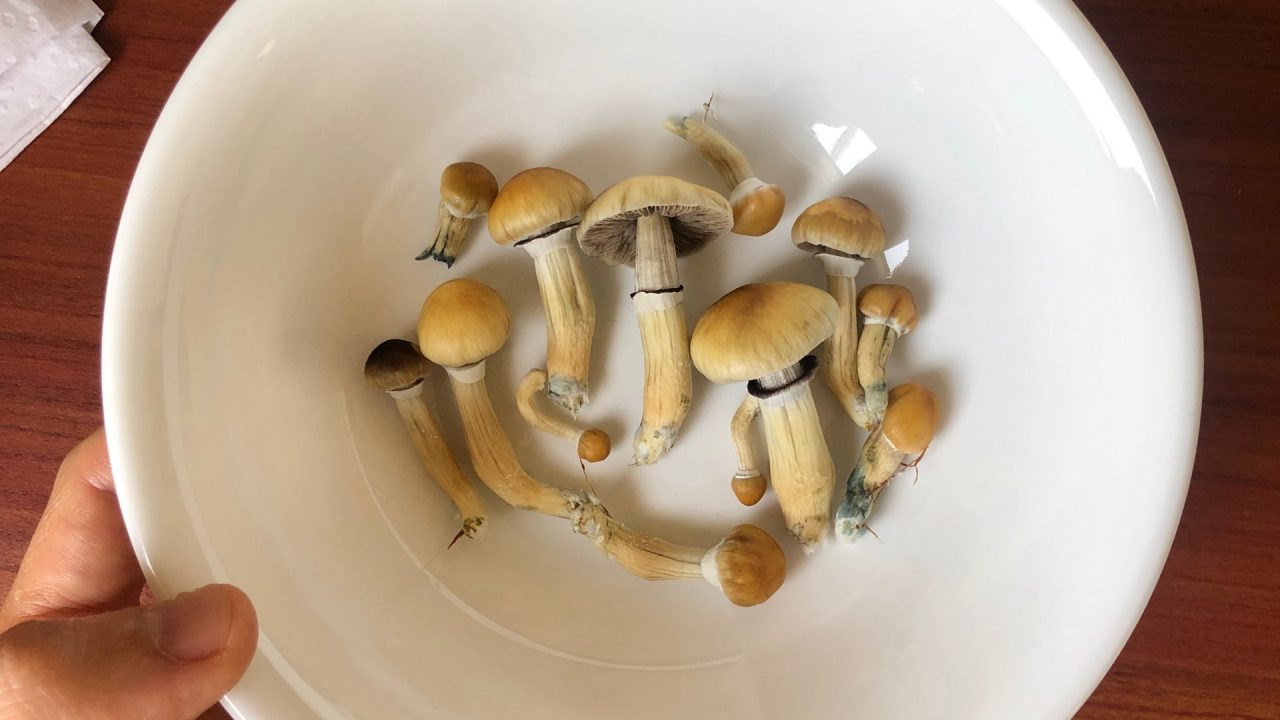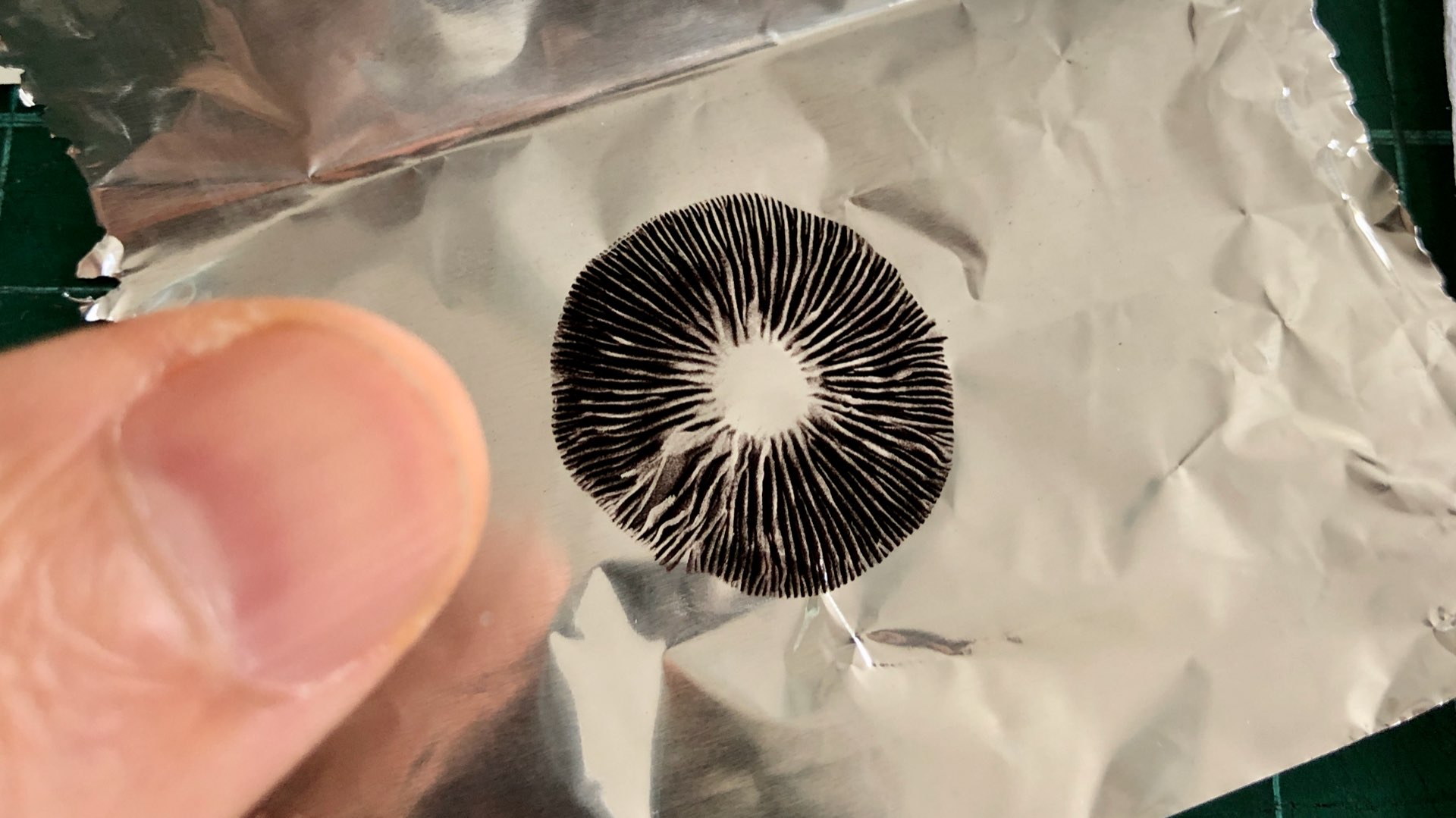Learning about mushrooms, their life cycle and cultivation. A first attempt to growing mushrooms from spores. A lab report.
Date Initiated: November 2, 2020
Objectives
- Germinate mycelium from spore syringe.
- Produce my own spawn via inoculation from liquid culture.
- Propagate mycelium across substrates.
- Induce fruiting and collect spores.
Materials and Methods
- Spore Syringe: Source of fungal spores.
- Liquid Culture: 4% glucose solution (4g glucose/100ml water), sterilized at 15 PSI for 20 min.
- Grain Jars: Brown rice substrate. Rice soaked overnight, boiled 6 min, drained, evaporated, and cooled. Jars filled when cold, covered with modified lids (two holes: one sealed with high-heat silicone, one with cotton filter for gas exchange), and sterilized at 15 PSI for 60 min in a pressure cooker.
- Inoculation Setup: Still air box constructed out of large transparent container, wiped with 96% alcohol for sterility.
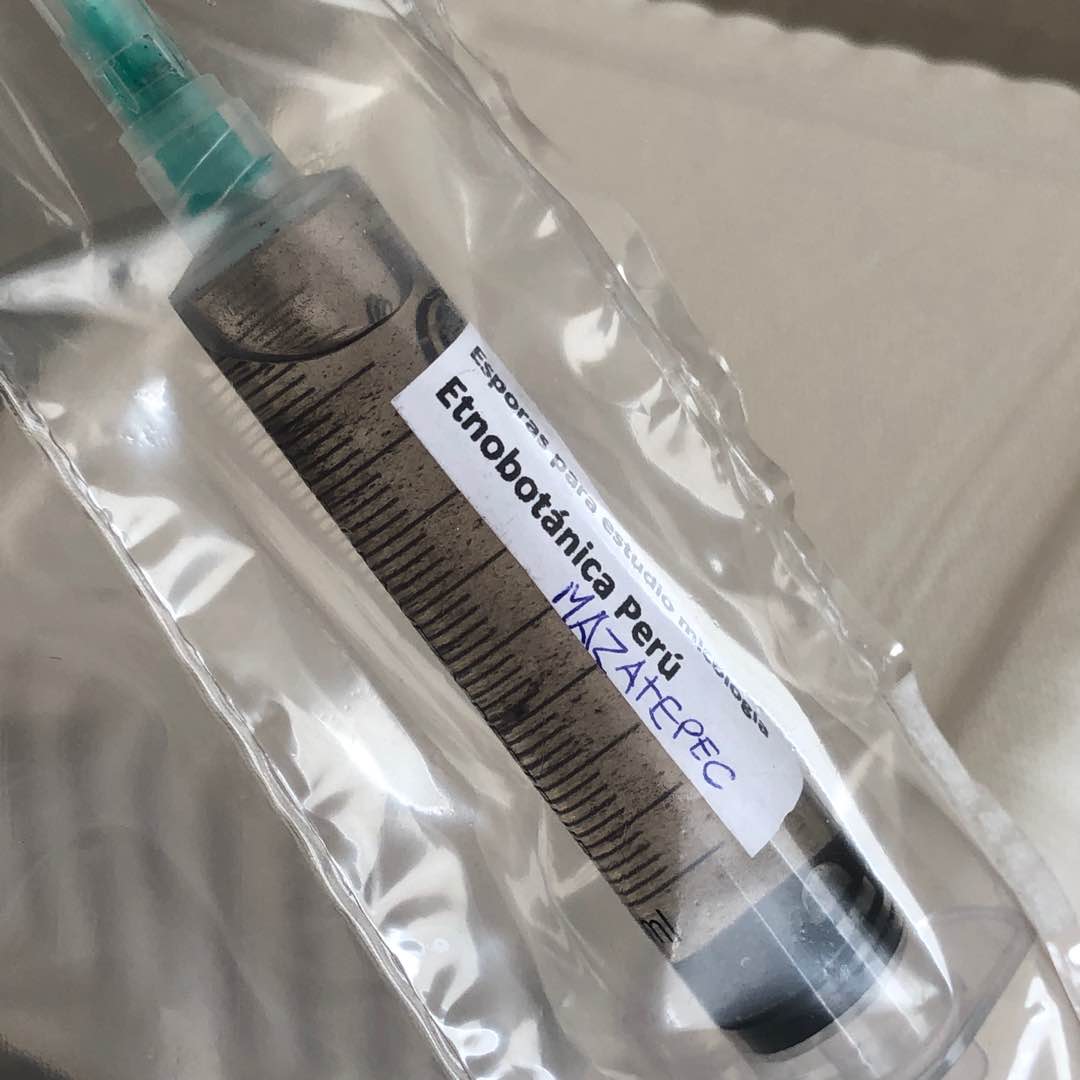
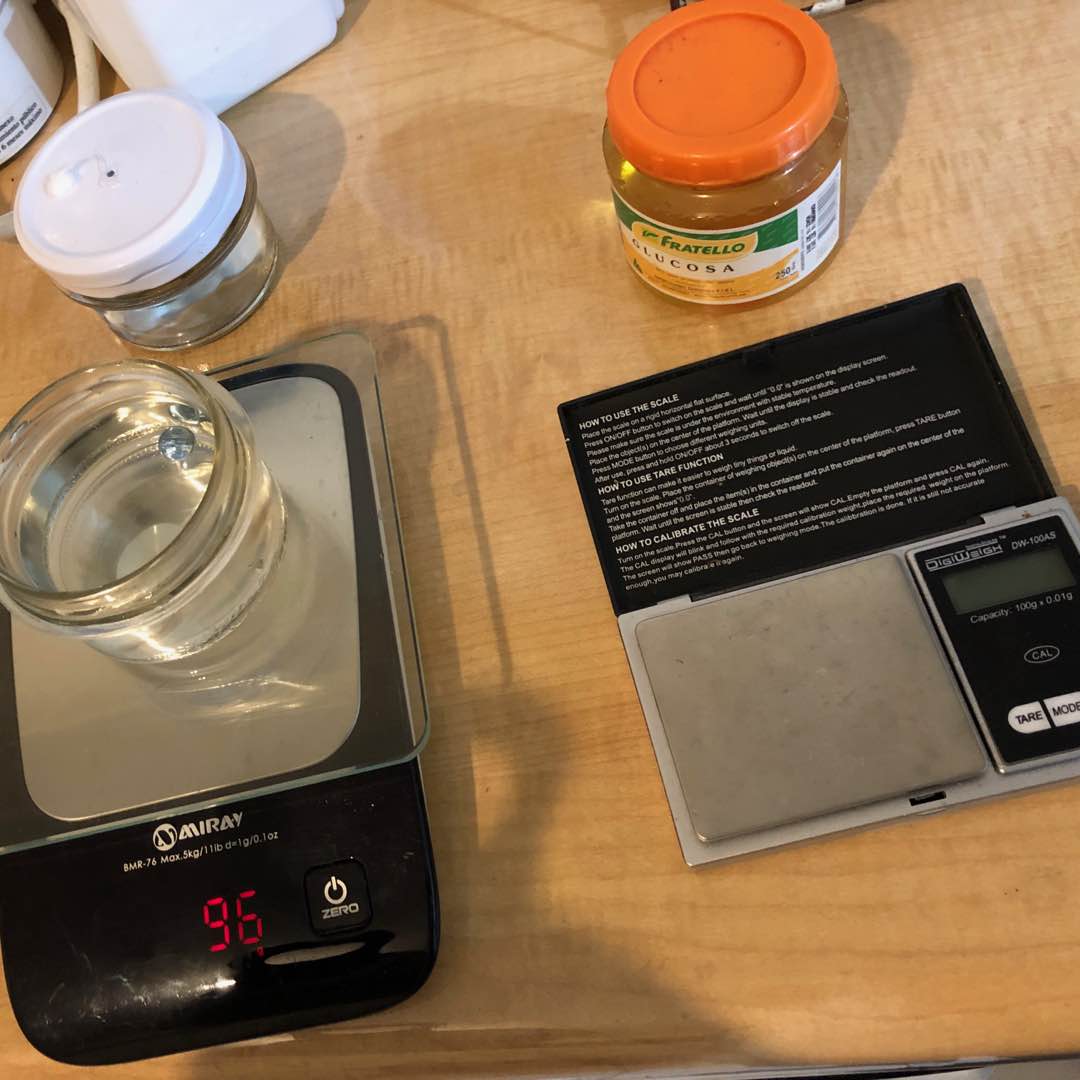
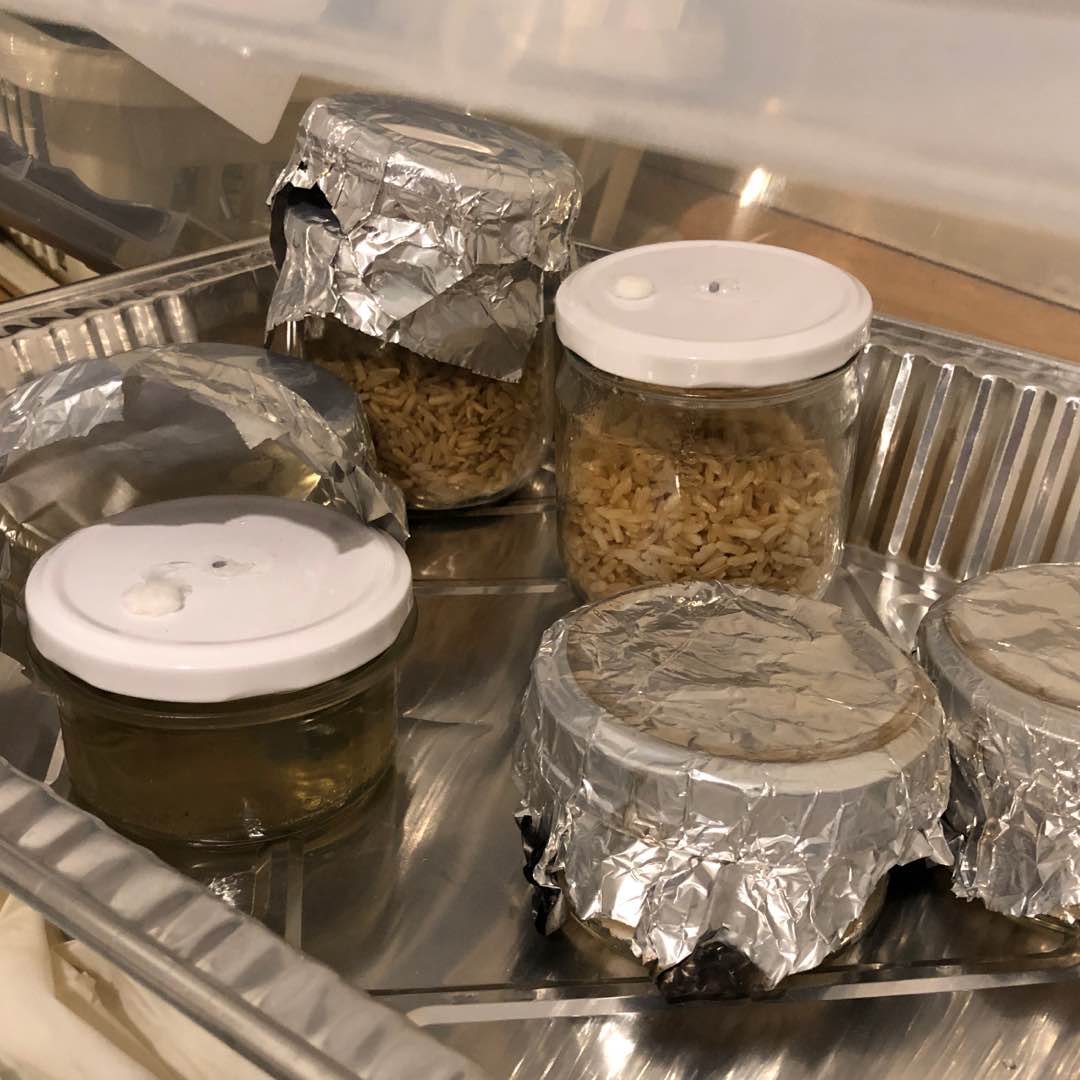
Procedure
- Jar preparation on Nov 2, 2020
- Inoculated liquid culture and grain jars with spore syringe on Nov 3, 2020.
- Monitored for mycelium growth and contamination.
- Transferred mycelium from liquid culture and grain to new grain jars (Dec 20, Jan 3).
- Induced fruiting in original jars and harvested.
Results
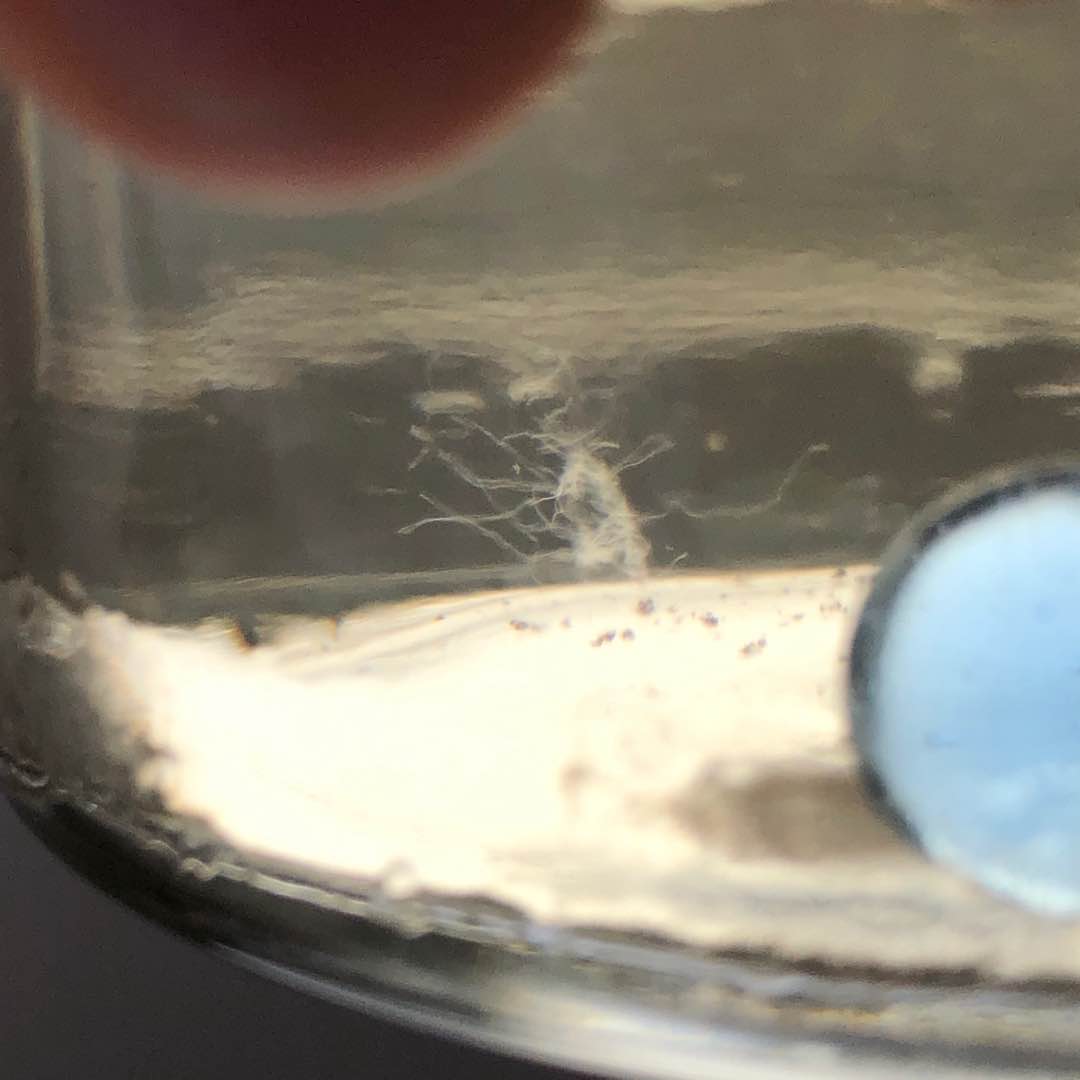
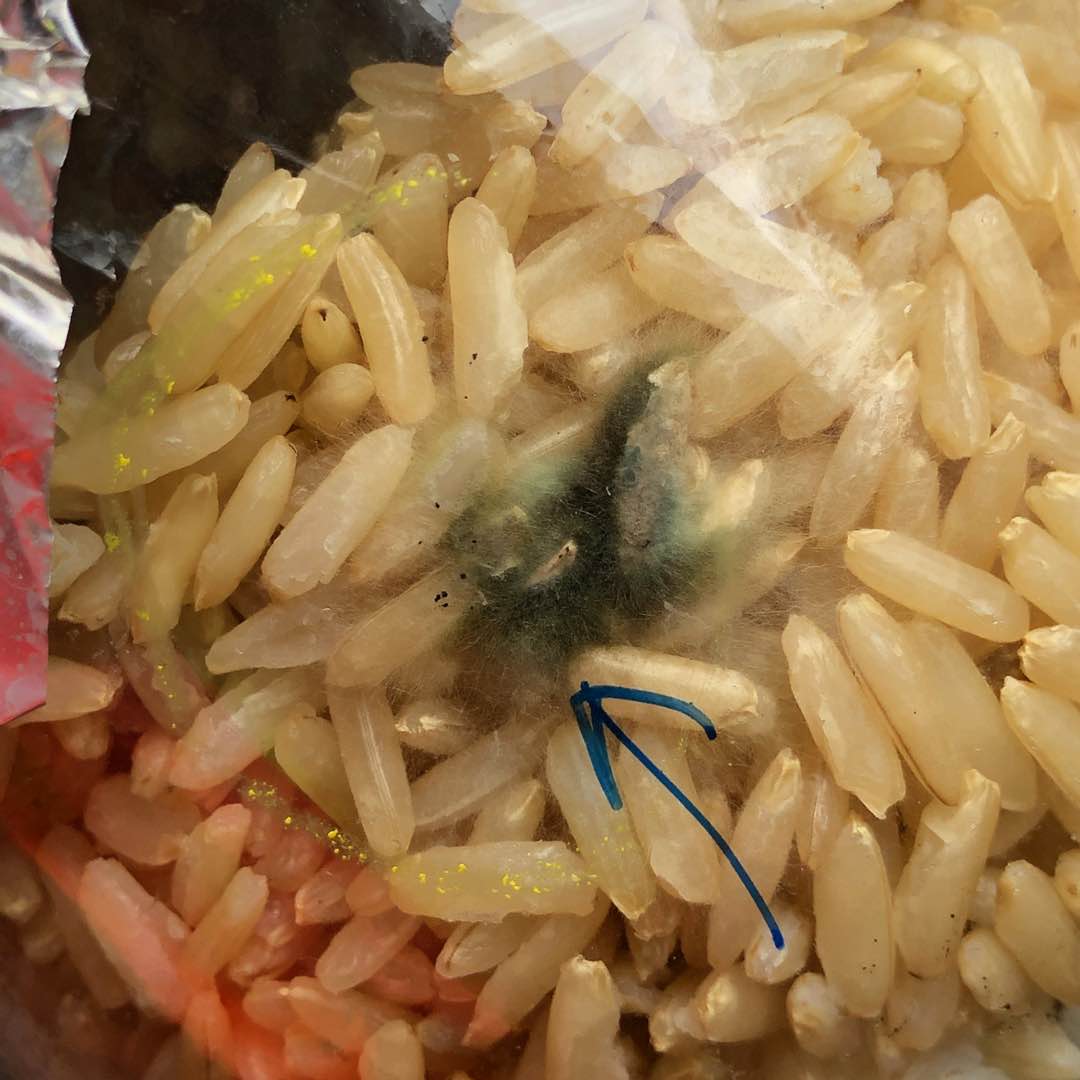
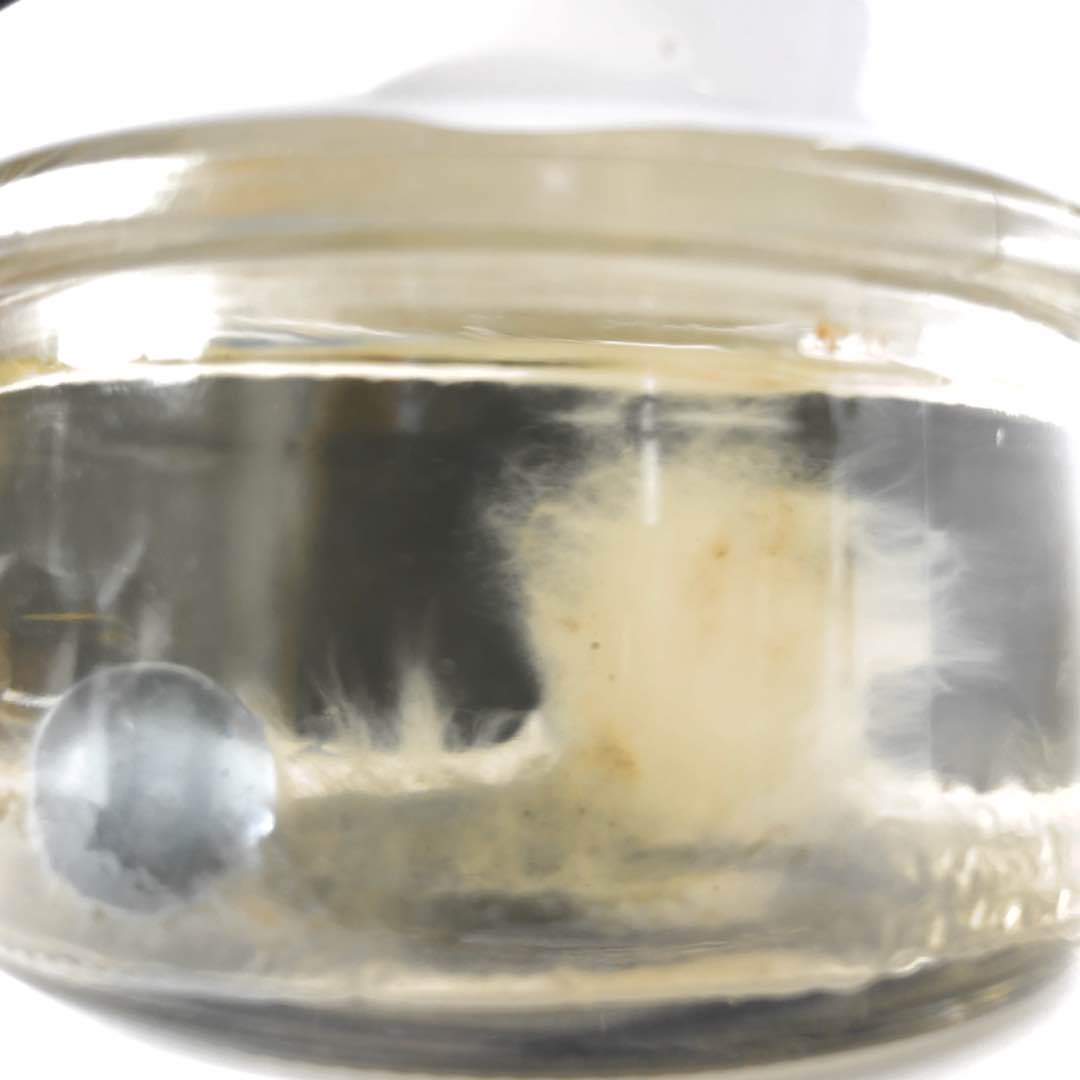
First healthy mycelium in grain jars!
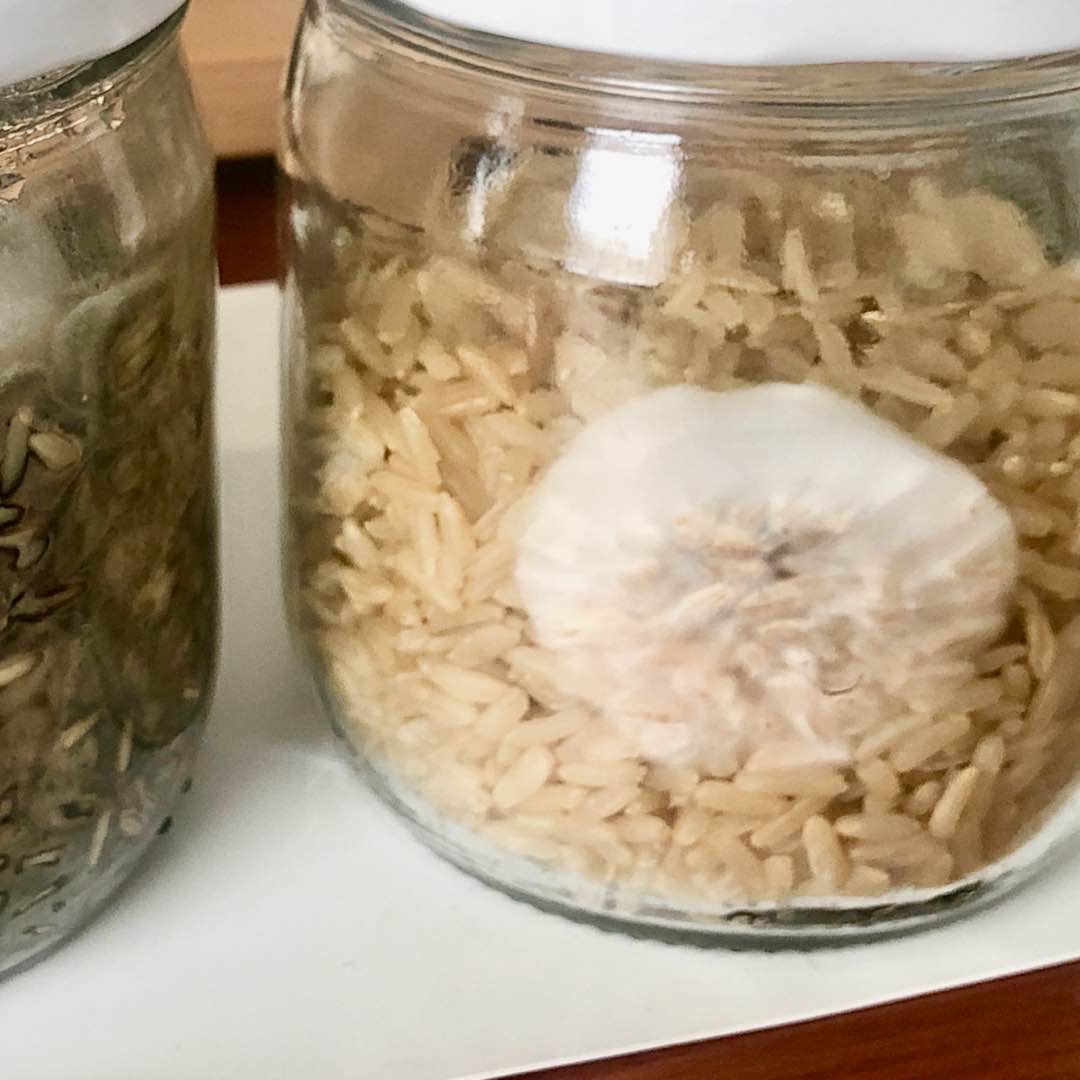
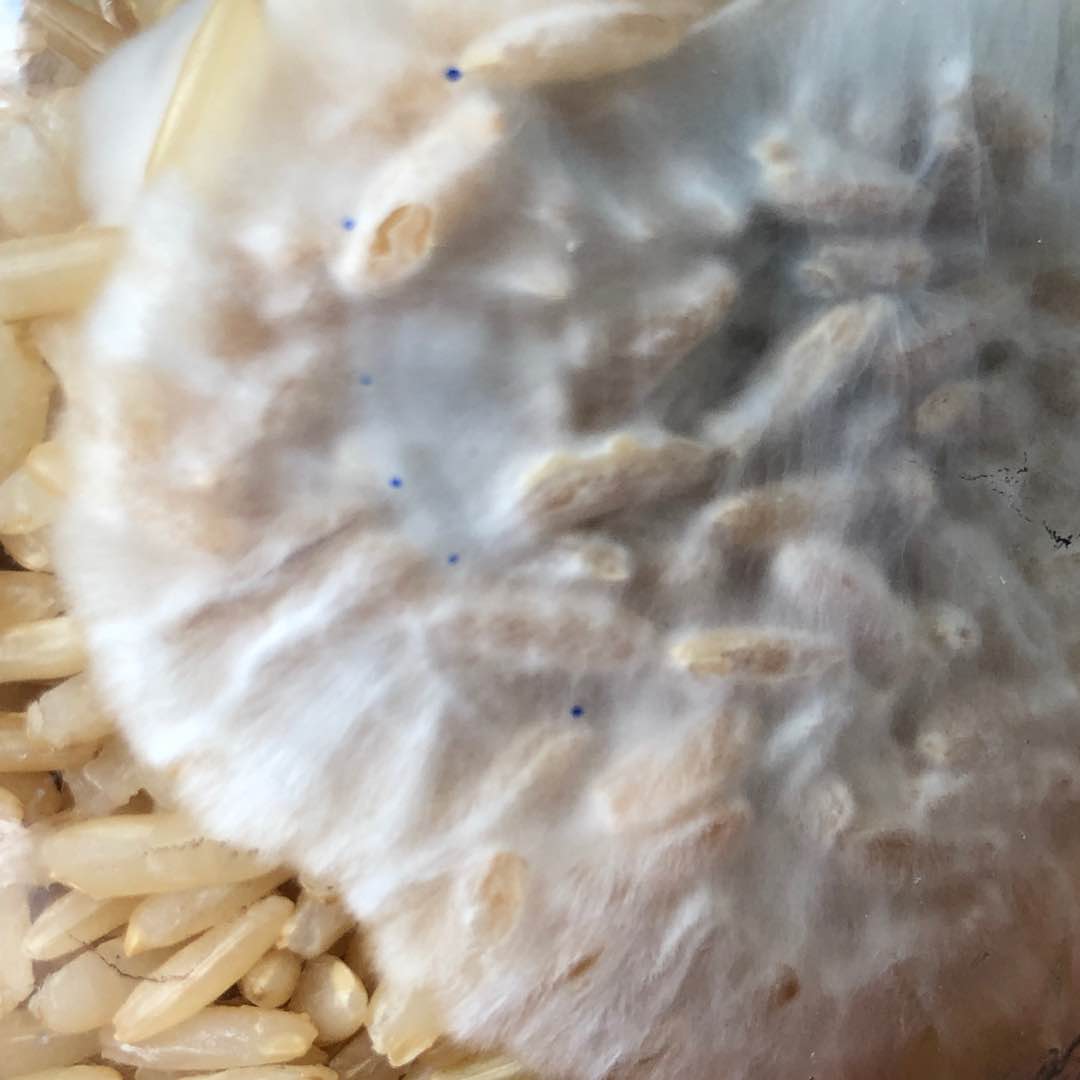
Left: Dec 2, clean mycelium spot, next to completely contaminated jar (cut out)
Right: Dec 9, mycelium growth. 1cm in 7 days.
Dec 20: Propagated mycelium to new grain jars.
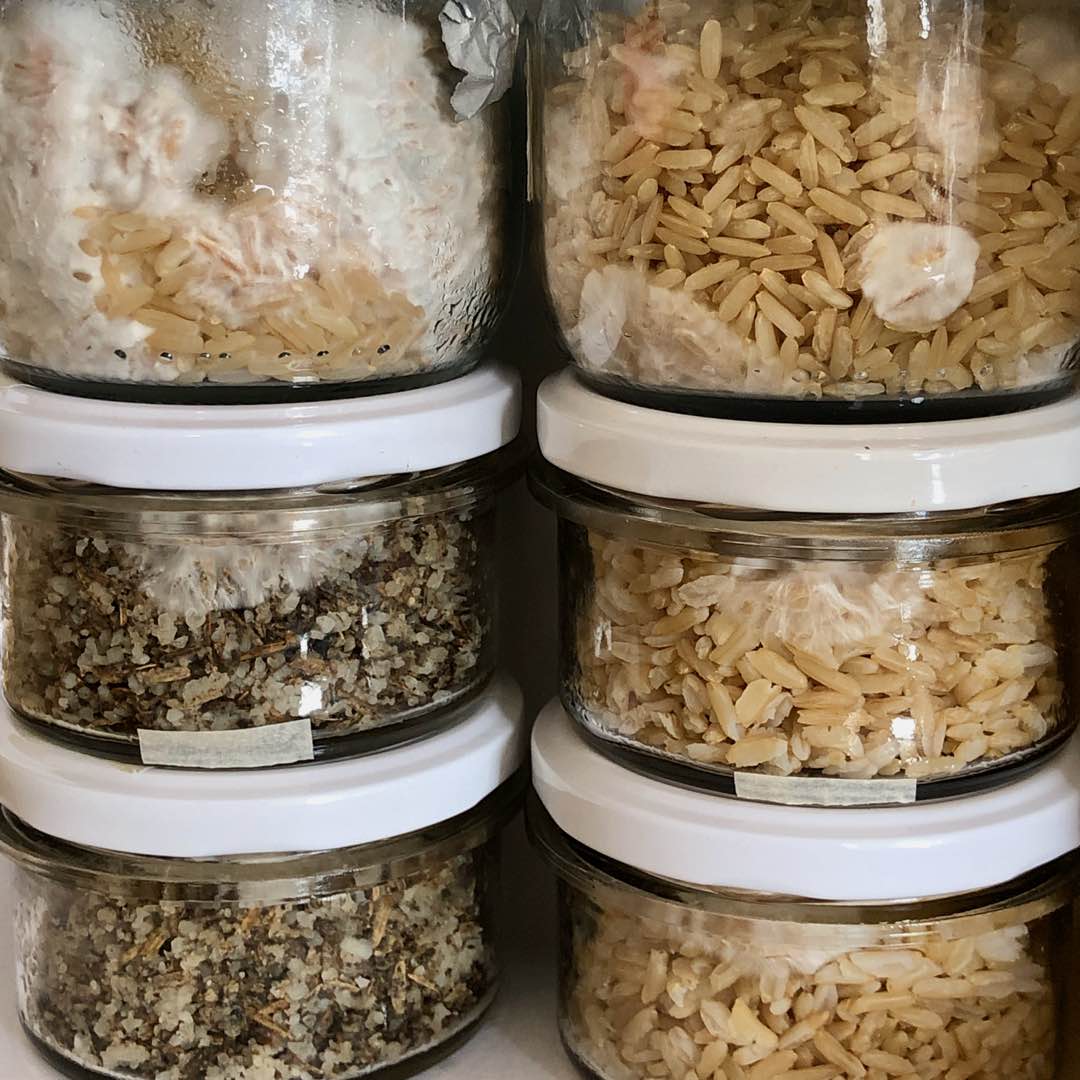
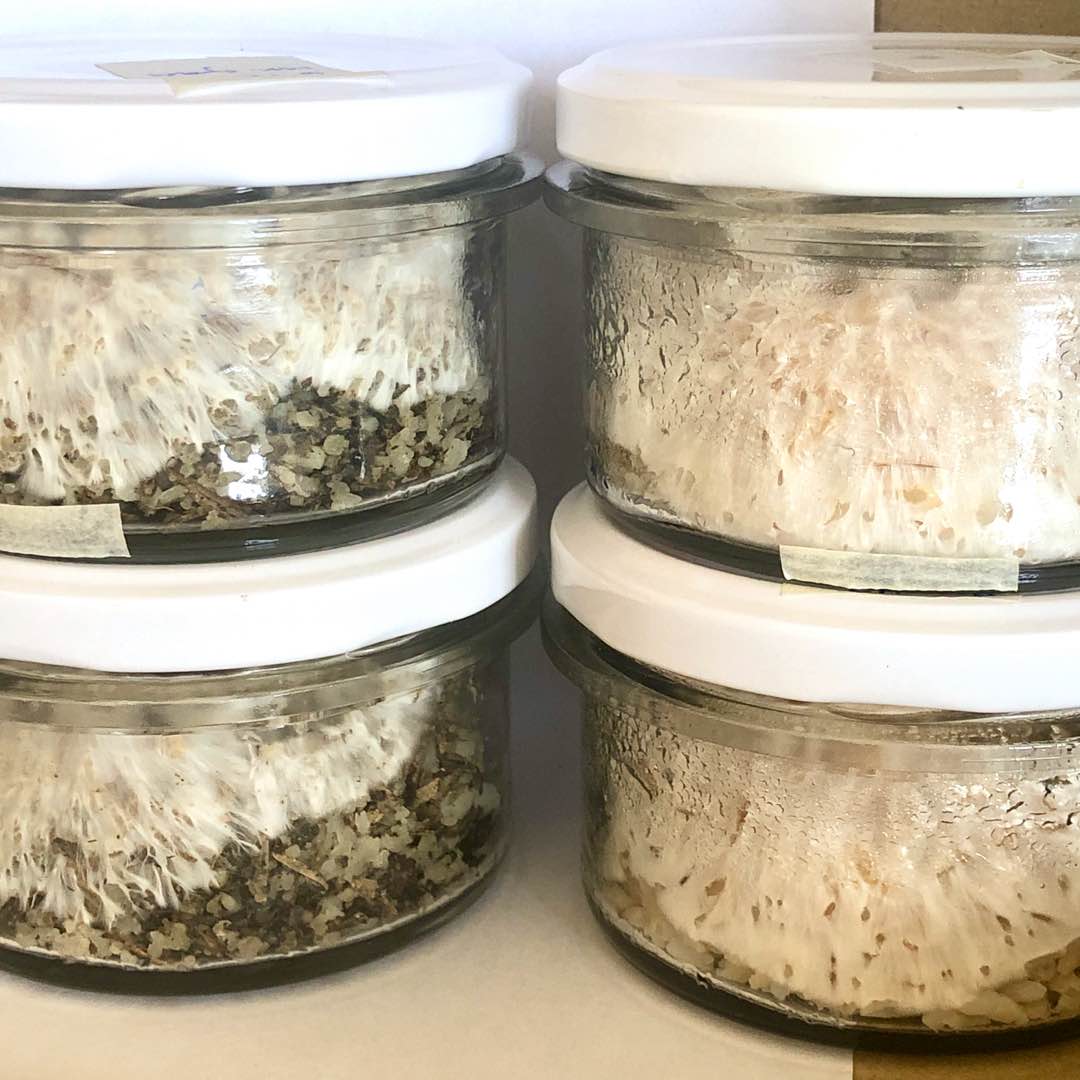
Jan 3, 2021: Further propagation to additional grain jars and induced fruiting
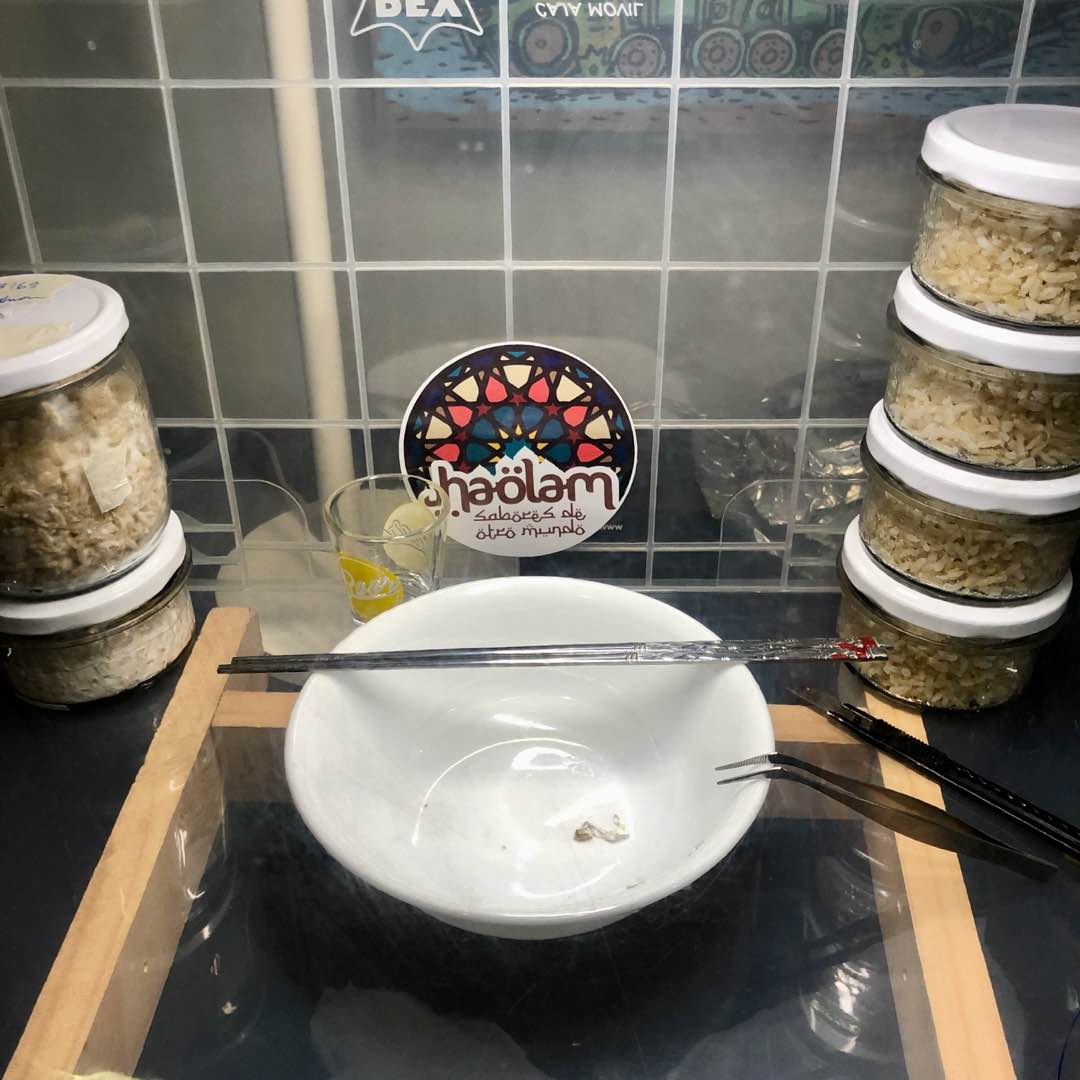
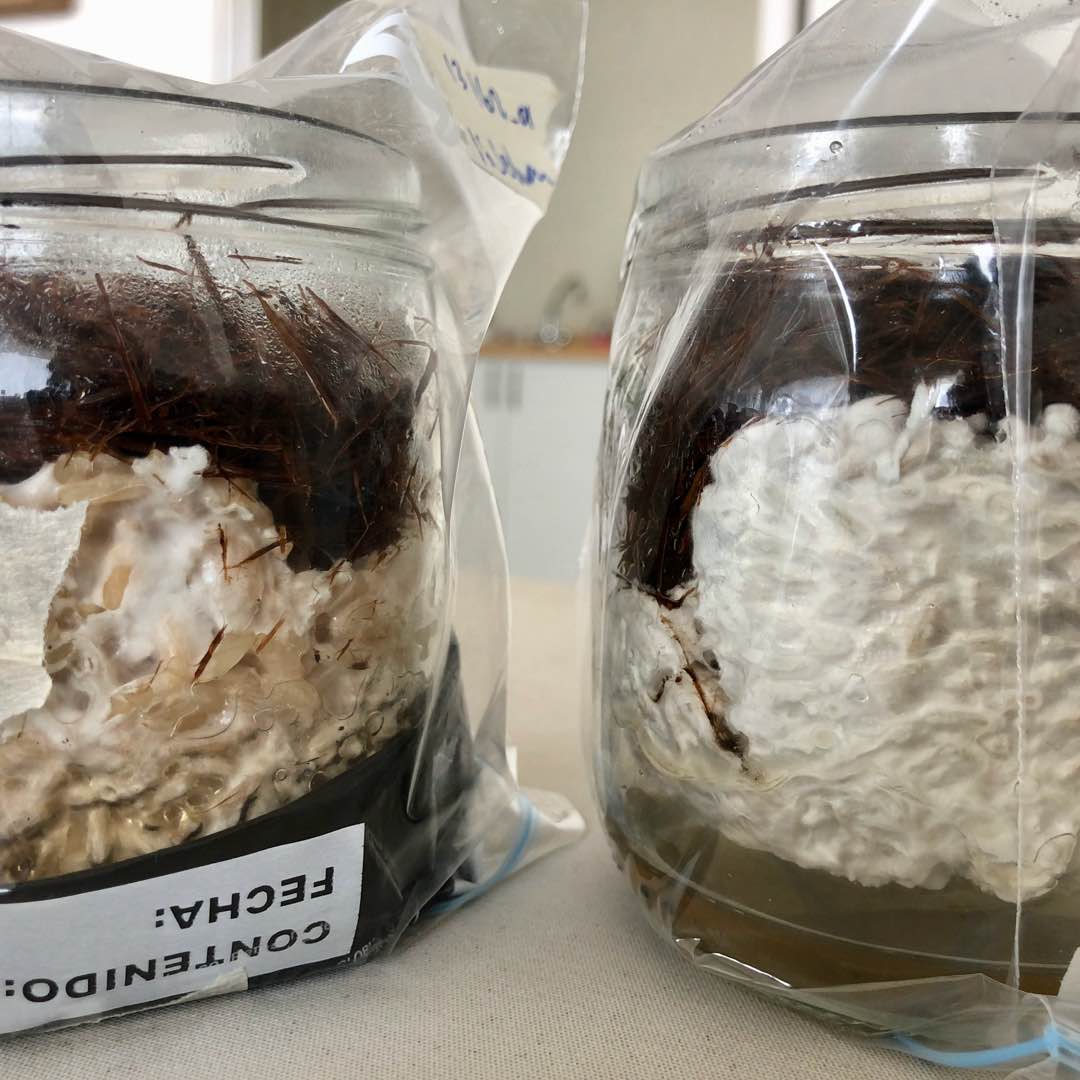
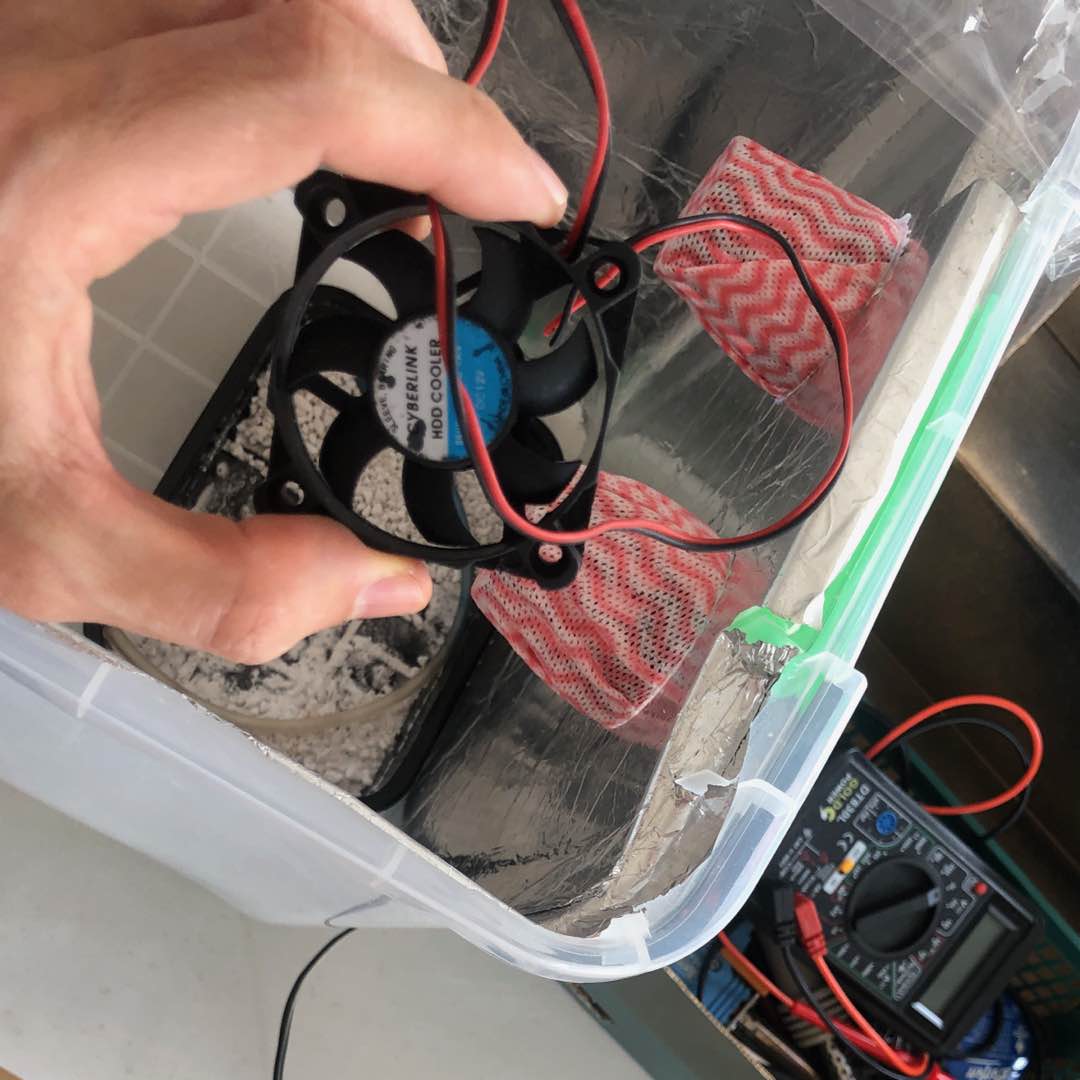
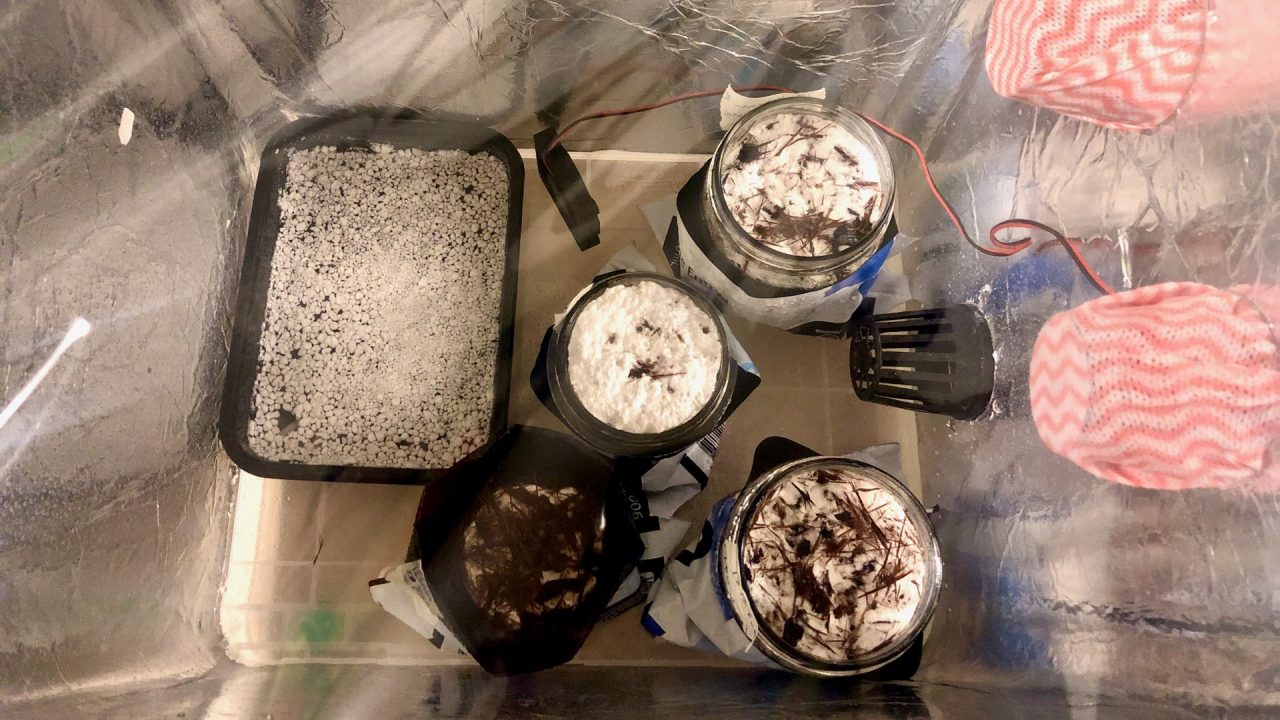
Jan 10: First pinning observed in original jars.
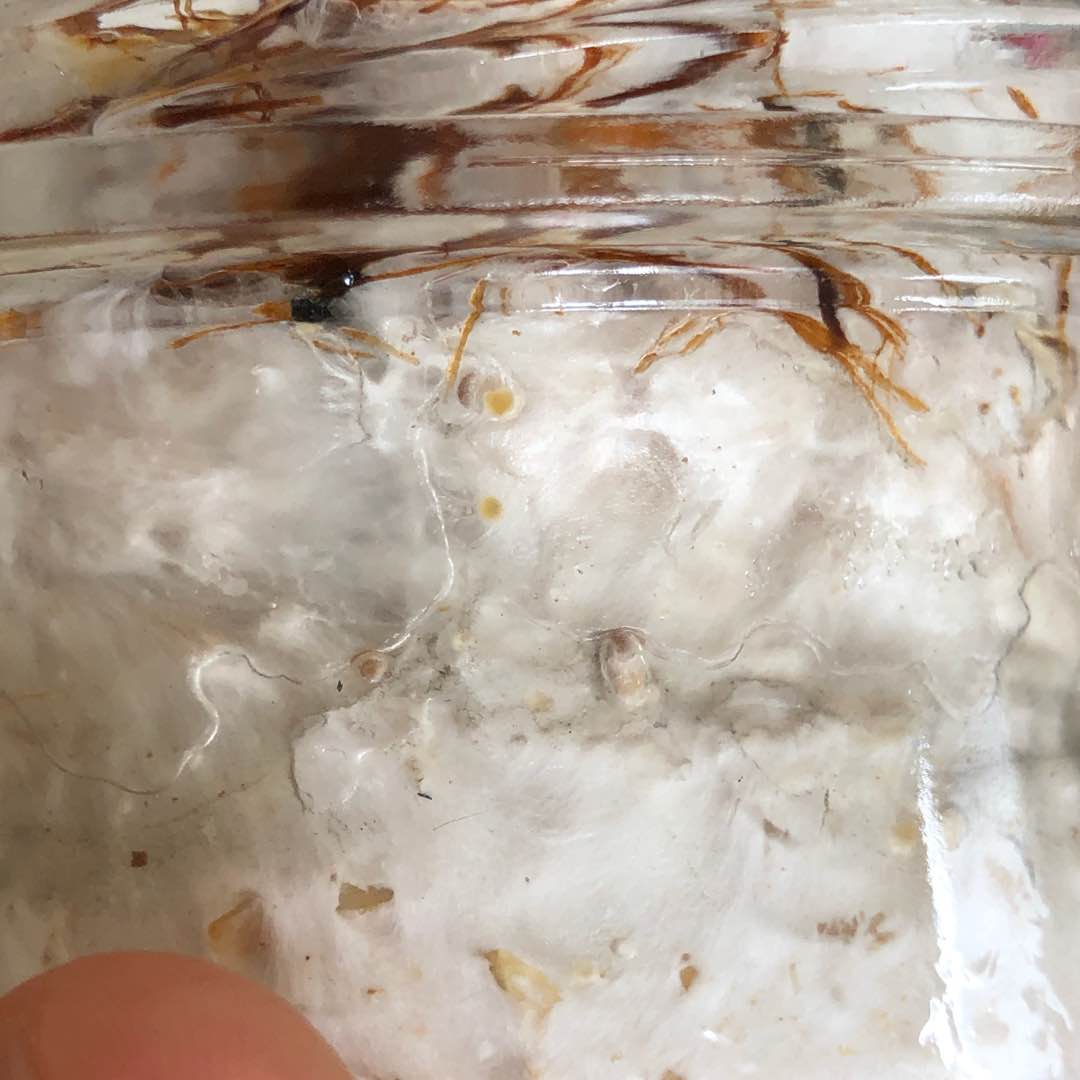
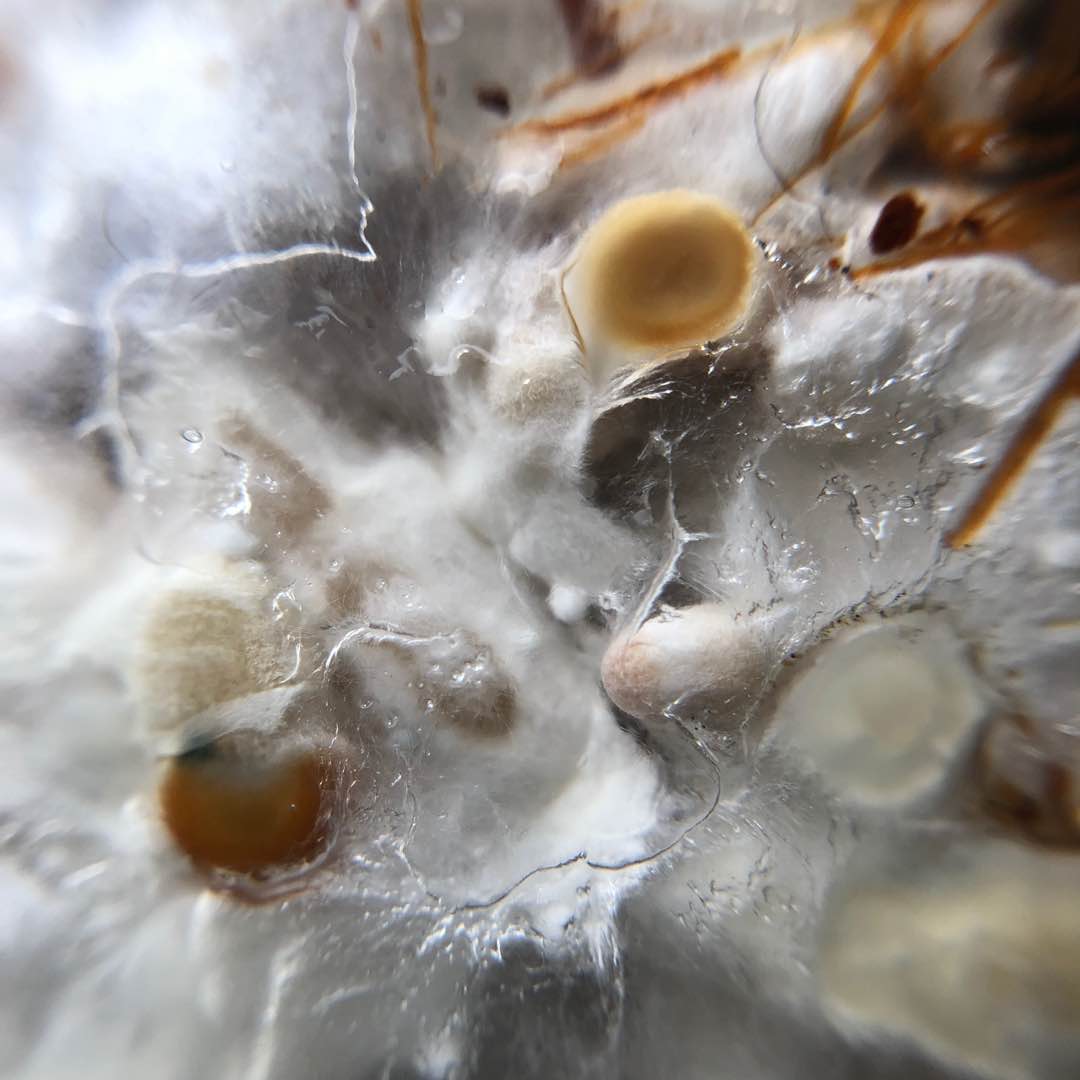
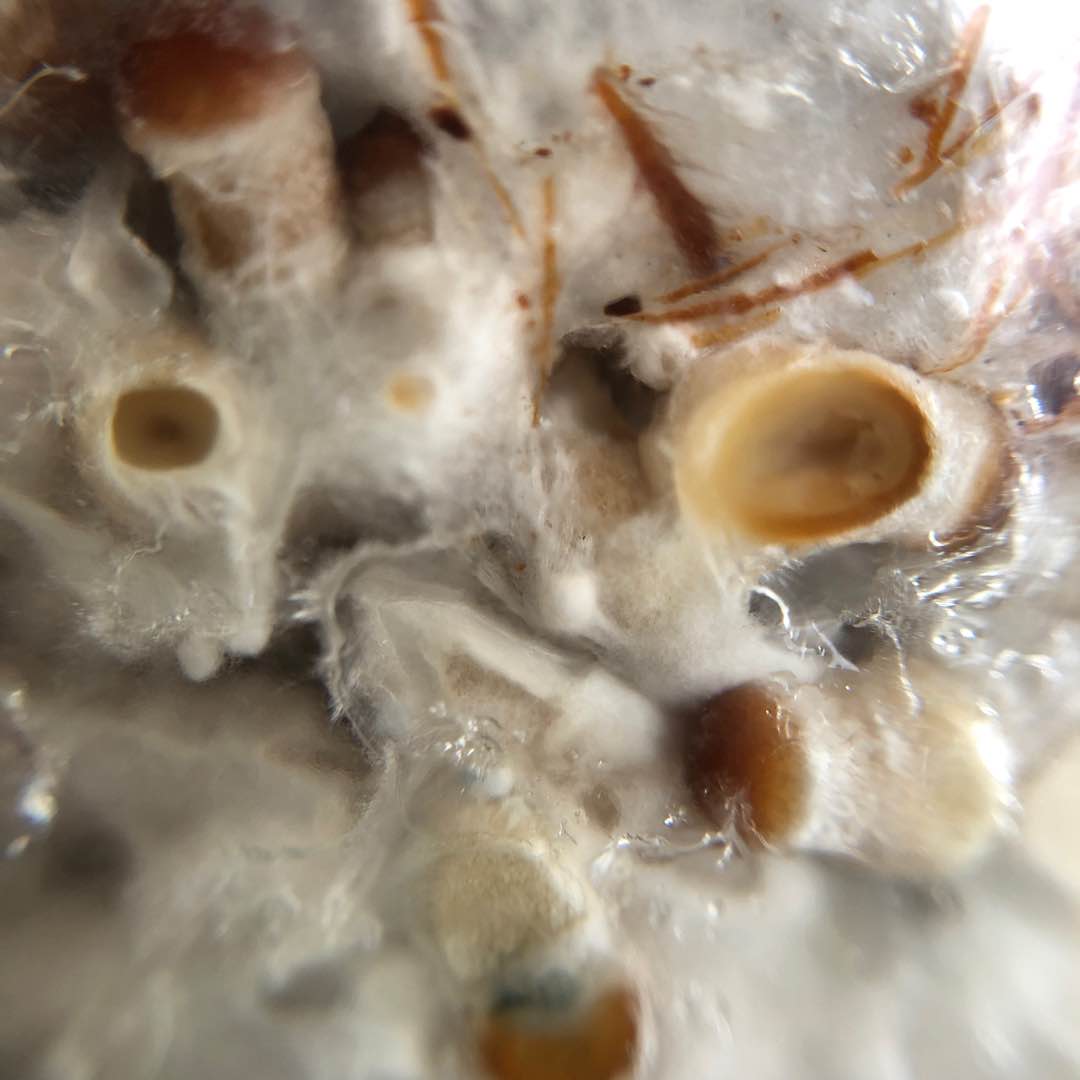
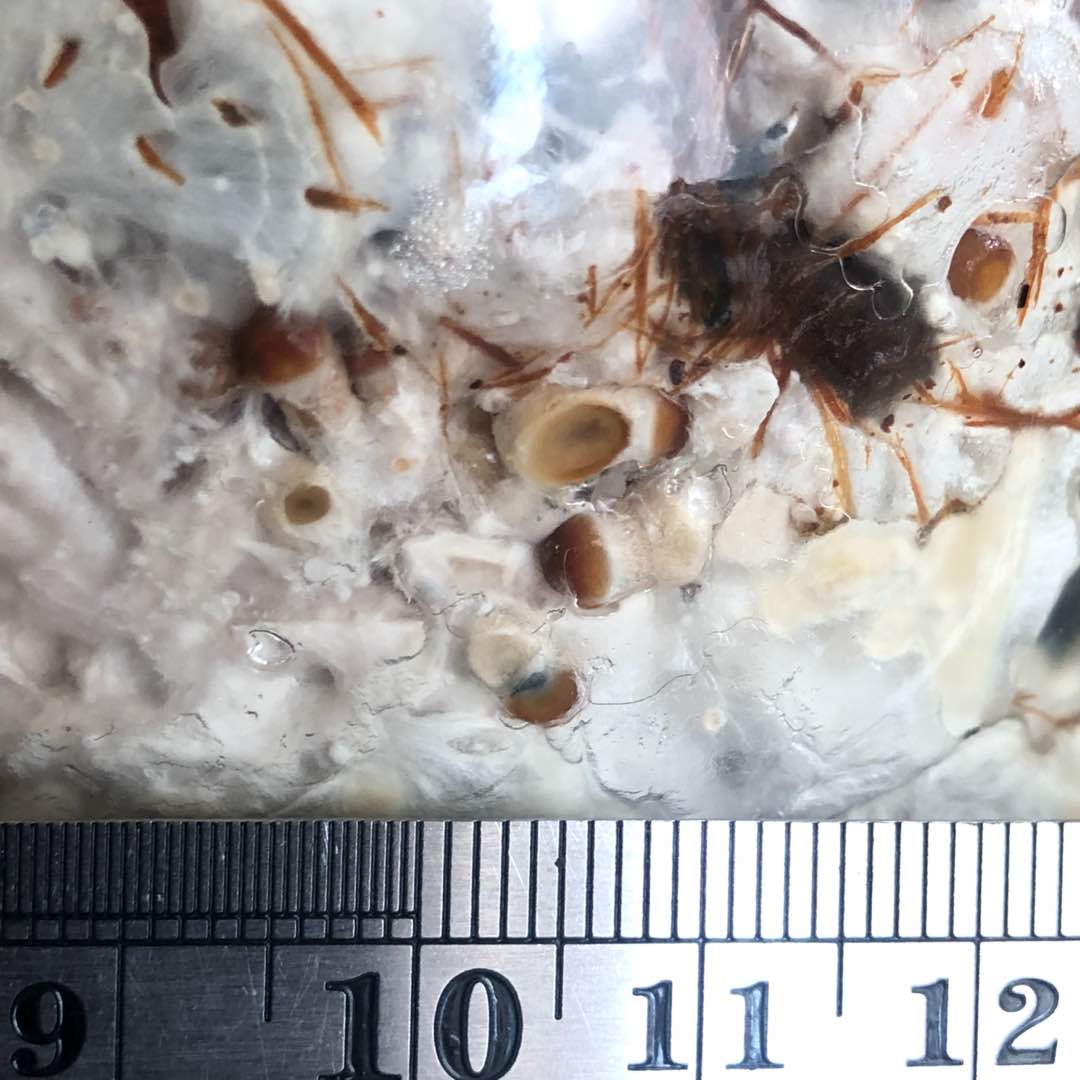
Jan 18: Full fruiting bodies formed; first harvest and spore print collected.
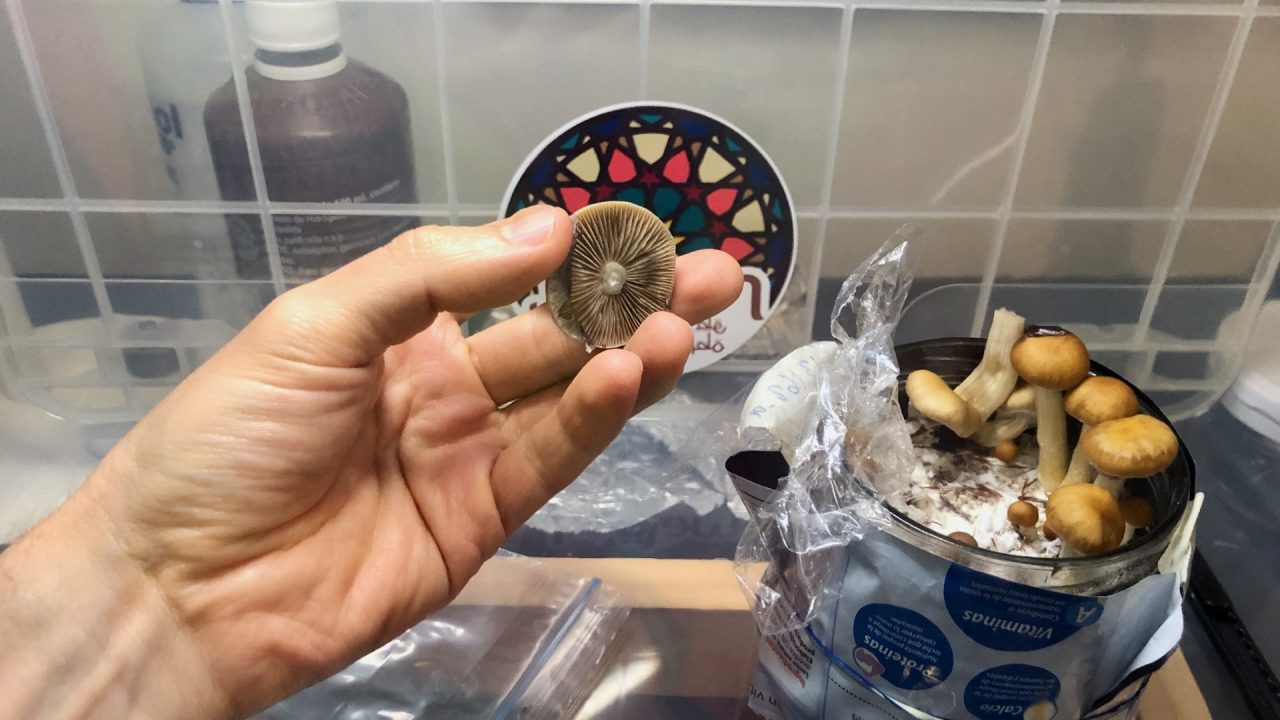
Jan 26: Second flush harvested; additional spore print obtained
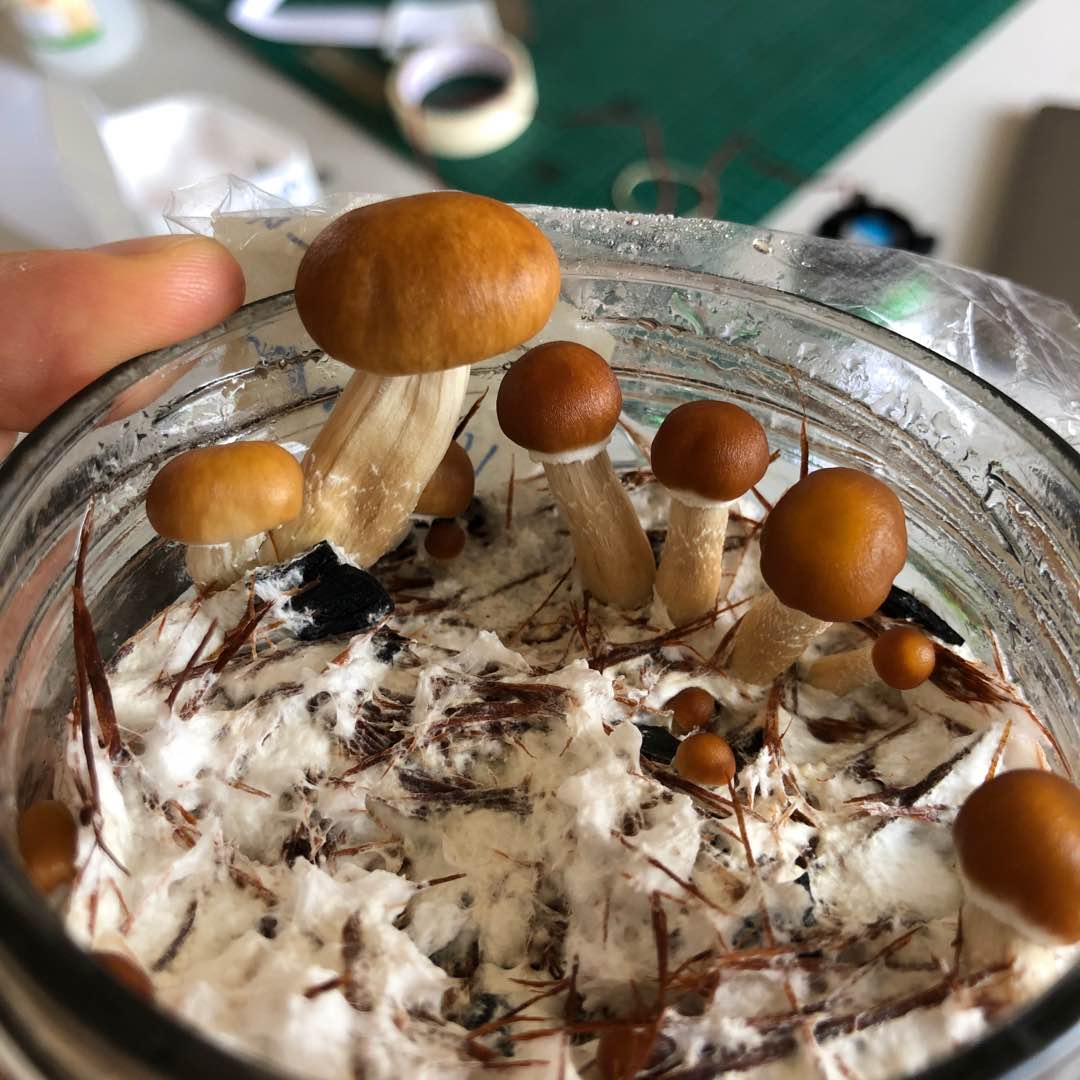
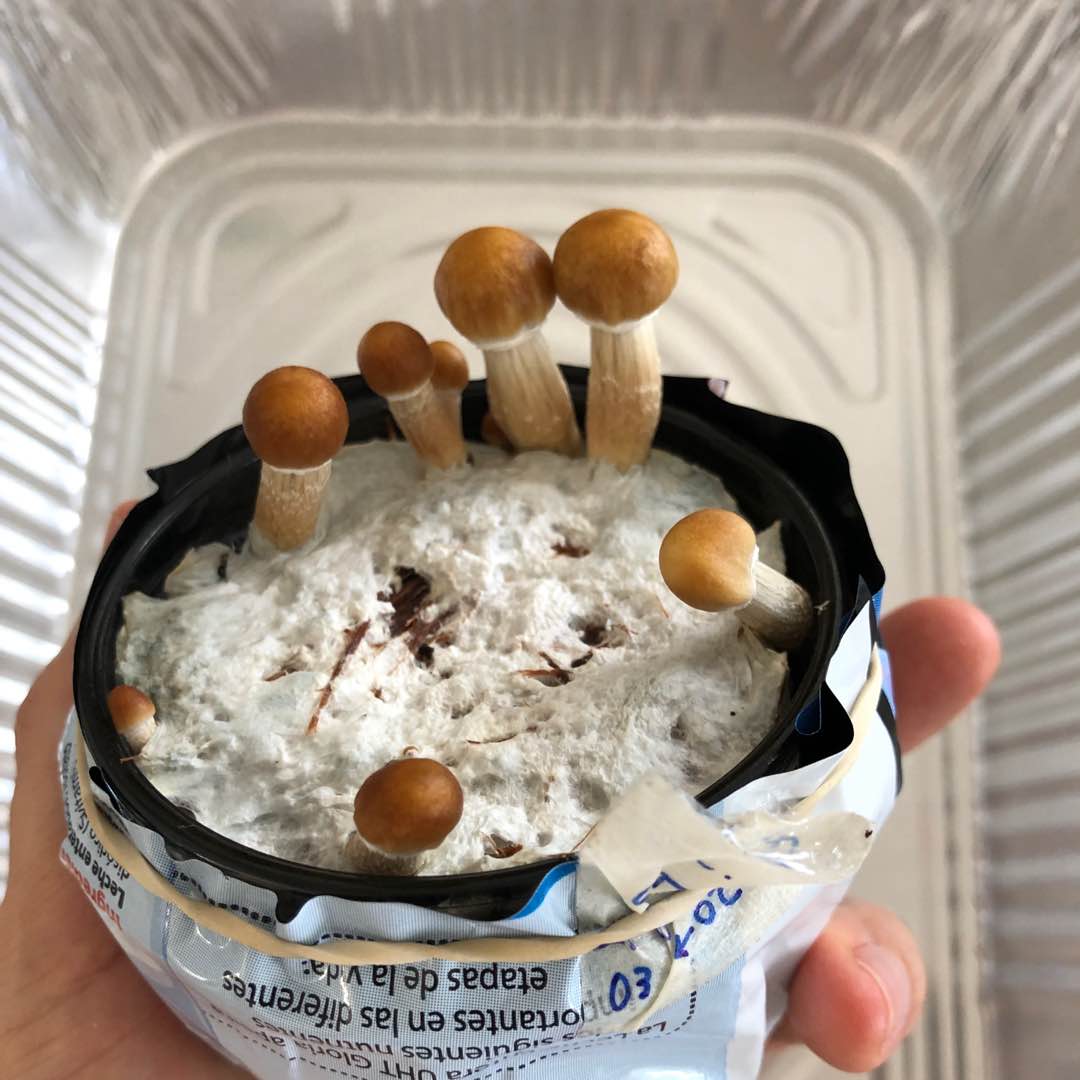
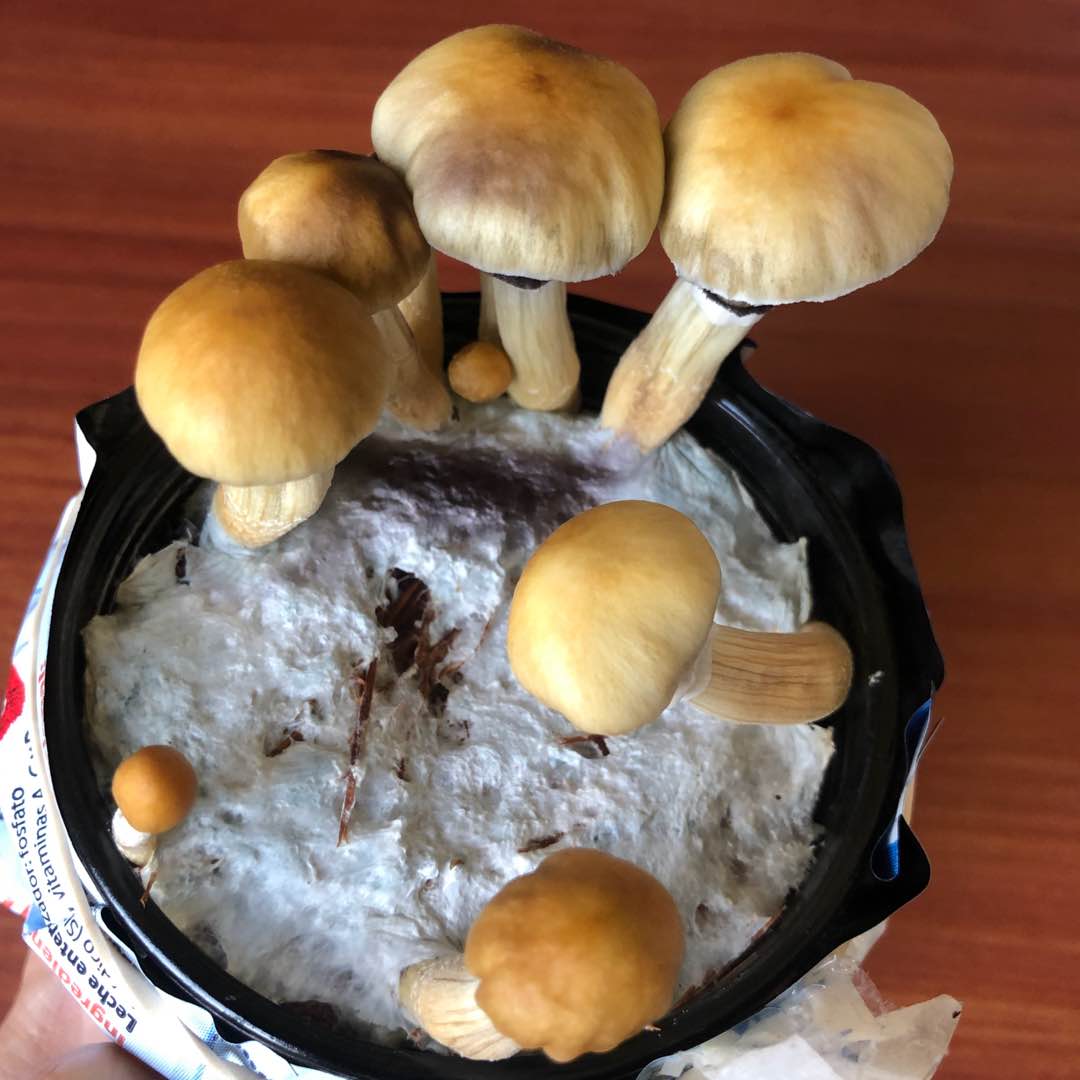
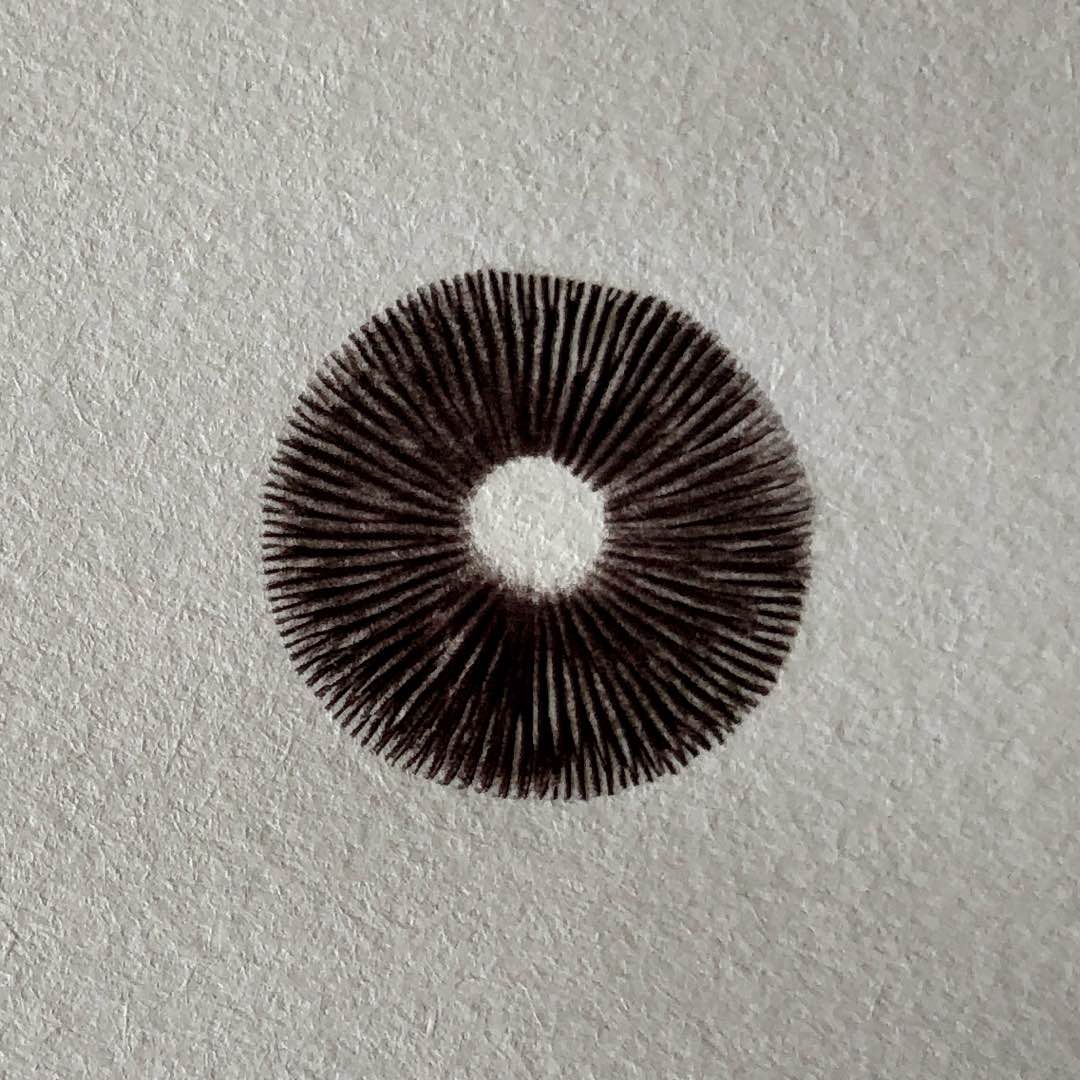
Discussion
The experiment successfully met all objectives. Mycelium germinated from spores, spawn was produced, and propagation across brown rice substrates yielded two fruiting flushes. Contamination in one grain jar highlighted the need for sterility, probably contamination from spore print or syringe. Modified jar lids facilitated gas exchange while minimizing contamination risk. Spore prints provide material for future cultivation. Spore prints were made on various surfaces and stored for further use.
Conclusion
This project demonstrated viable mushroom cultivation from spores using accessible materials and methods. Brown rice proved an effective substrate, and the process yielded both mushrooms and spores for ongoing experiments.
